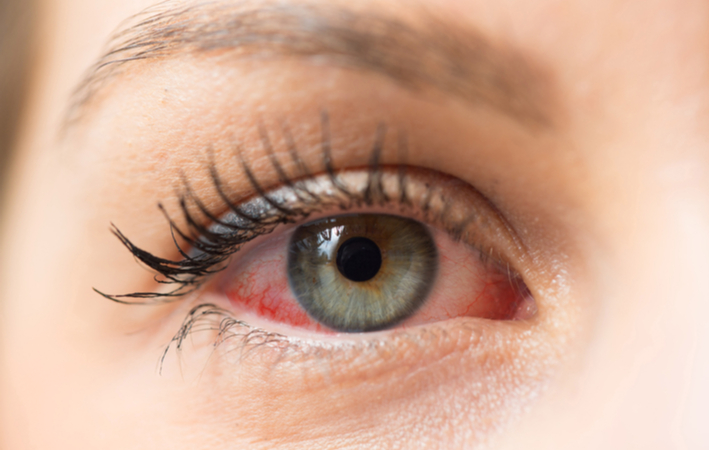The call of the great outdoors often beckons adventure enthusiasts, but it comes with its own set of challenges, including the potential for injuries and emergencies. Being prepared with the right knowledge and equipment is crucial for ensuring a safe and enjoyable outdoor experience. In this guide, we’ll explore first aid challenges specific to outdoor settings and provide essential tips for handling them.
Benefit from on-site First Aid Training Onsite. Our expert instructors deliver comprehensive programs directly to your location, ensuring your team is well-prepared for emergencies.
**1. Know Your Environment
Understanding the environment is the first step in preparing for potential first aid challenges. Different outdoor activities, whether hiking, camping, or rock climbing, present unique risks. Familiarize yourself with the terrain, climate, and potential hazards specific to your chosen outdoor activity.
**2. Carry a Well-Equipped First Aid Kit
A portable and well-stocked first aid kit is a non-negotiable item for any outdoor excursion. Include essentials such as bandages, antiseptic wipes, adhesive tape, pain relievers, and any specific medications you or your companions may need. Additionally, consider items like a compact emergency blanket and a whistle for signaling in case of emergencies.
**3. Addressing Cuts and Scrapes
Cuts and scrapes are common outdoor injuries. Clean wounds promptly with antiseptic wipes or water and mild soap. Use sterile bandages or dressings to cover the wound, preventing infection. If the wound is deep or shows signs of infection, seek professional medical help.
**4. Dealing with Sprains and Strains
Outdoor activities often involve physical exertion, increasing the risk of sprains and strains. Rest, ice, compression, and elevation (R.I.C.E.) are the standard measures for managing these injuries. Carry a cold compress in your first aid kit and make sure to allow adequate time for recovery before continuing your outdoor adventure.
**5. Recognizing and Managing Heat-Related Issues
In the great outdoors, exposure to extreme temperatures can lead to heat-related issues like heat exhaustion or heatstroke. Stay hydrated, wear appropriate clothing, and take breaks in shaded areas. If someone exhibits signs of heat-related distress, move them to a cooler place, provide fluids, and seek medical assistance if symptoms persist.
**6. Handling Insect Bites and Stings
Insect bites and stings are common in outdoor settings. Carry insect repellent and apply it regularly. If bitten or stung, clean the area, apply an antihistamine cream, and use cold compresses to alleviate swelling. Be aware of allergic reactions, and seek medical help if needed.
**7. Understanding Altitude Sickness
For activities at high altitudes, such as hiking or mountain climbing, be aware of the symptoms of altitude sickness, including nausea, headache, and shortness of breath. Gradual acclimatization and staying hydrated are crucial. If symptoms persist or worsen, descend to lower altitudes and seek medical attention.
**8. Knowing Water Safety Measures
Water-related activities bring their own set of risks. Ensure everyone wears appropriate safety gear, including life jackets. Be vigilant for signs of drowning and know basic water rescue techniques. If someone is in distress in the water, call for professional help immediately.
By anticipating and preparing for potential first aid challenges, outdoor enthusiasts can enjoy their adventures with confidence. Regularly update your first aid skills, stay informed about the specific risks associated with your chosen activities, and always prioritize safety. A well-prepared adventurer is better equipped to handle unforeseen situations, ensuring that the great outdoors remains a source of joy and excitement.









Comments